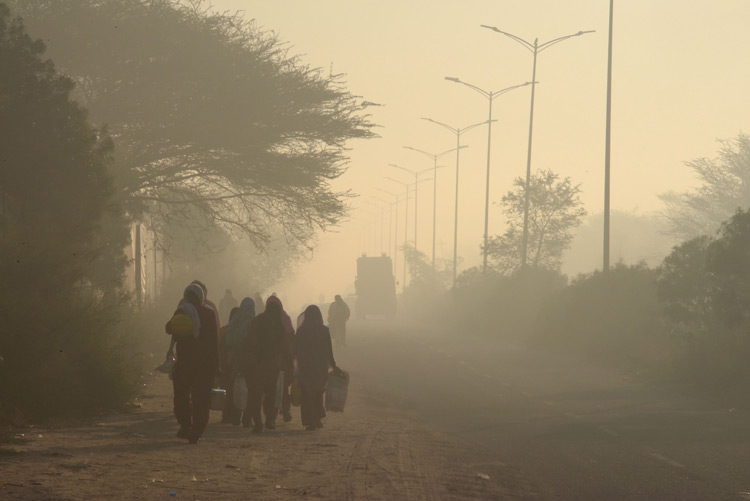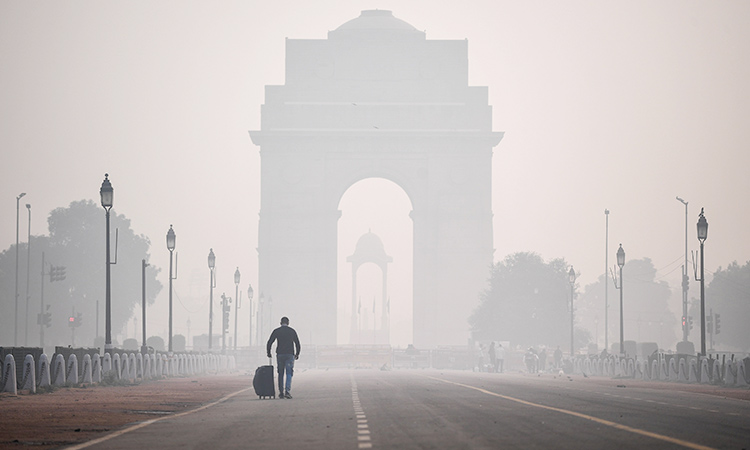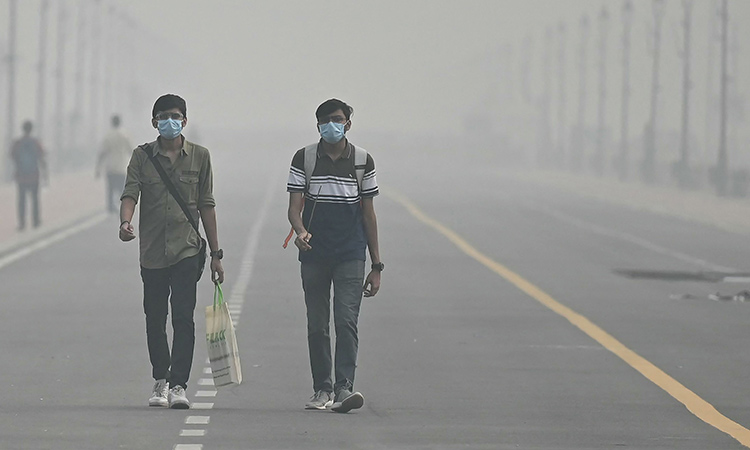Dire need of relief from unsafe emissions

Meena Janardhan
Writer/Editor/Consultant. She has over 25 years of experience in the fields of environmental journalism and publishing.

Emissions from India accounted for 7 per cent of the global CO2 burden in 2018.
India emitted 2,299 million tonnes of carbon dioxide in 2018, a 4.8 per cent rise from last year, according to the report. India’s emissions growth this year was higher than that of the United States and China — the two biggest emitters in the world — and this was primarily due to a rise in coal consumption. India’s per capita emissions were about 40 per cent of the global average and contributed 7 per cent to the global carbon dioxide burden. The United States, the largest emitter, was responsible for 14 per cent.
Emissions from India accounted for 7 per cent of the global CO2 burden in 2018, compared with the US’s 14 per cent. As per its commitments to the United Nations Framework Convention on Climate Change, India has promised to reduce the emissions intensity of its economy by 2030, compared to 2005 levels. It has also committed to having 40 per cent of its energy from renewable sources by 2030 and, as part of this, install 100 GW of solar power by 2022.
Steep rise: Energy-related emissions of carbon dioxide rose steeply by 1.7 per cent to a record 33 gigatonnes (Gt) in 2018, the International Energy Agency (IEA) said in its latest status report. Energy demand grew by 2.3 per cent last year, its quickest acceleration in this decade that was driven by a robust global economy, the agency said in its report released on March 26.
Global electricity demand grew by 4 per cent in 2018 to more than 23,000 TWh. The rapid growth is pushing electricity towards a 20 per cent share in total final consumption of energy, the IEA said. Increasing power generation was responsible for half of the growth in primary energy demand.
Much of the expansion of power generation was in renewable sources of energy, which accounted for nearly half of electricity demand growth. China was the leader in wind and solar power, followed by Europe and the US.
India also added significantly in installing renewables capacity. By January this year, total renewable power installed capacity in the country, which excludes large hydropower generation, stood at 74.08 GW. According to sources, India is expected to add up to 8.5 GW of renewable energy capacity in 2018-19.
As much as 74 per cent of the 17.6 GW power generation capacity that India added in 2018 came from renewables, primarily solar power. The capacity addition in renewables was the highest in a year for India so far. However, the country’s reliance on coal-fuelled power plants is yet to decline.
Fossil carbon dioxide emissions were expected to rise by as much as 2.7 per cent in 2018 after expanding by 1.6 per cent last year, the Global Carbon Project had predicted at the annual UN climate summit in December. The projected rise is driven by “solid growth” in coal use for the second year in a row, and “sustained growth” in oil and gas use, it said.
Whither Paris? The spurt in emissions growth could compromise the aims of the Paris Agreement to keep temperatures “well within” 2 degrees Celsius. The additional emissions will add 2.3 ppm of carbon dioxide to the atmosphere to reach 407 ppm by the end of 2018, which is 45 per cent above pre-industrial levels.
India is likely to surpass its commitments on greenhouse gas emission checks and energy transition to renewables made under the 2015 Paris pact 10 years ahead of time. The South Asian giant’s climate action plan under the Paris Agreement has promised that it would increase the share of renewables to 40 per cent of its power generation capacity and reduce its economy’s emission intensity by 33-35 per cent by 2030 from levels seen in 2005.
In 2030, when countries have to take stock of their commitments under the Paris climate agreement, India will double its carbon dioxide emissions from its 2012 levels, but will still be within its intensity pledge, according to a 2018 study by New Delhi-based Centre for Policy Research (CPR). Although India plays a key role as a significant emitter of greenhouse gases, it has started with a low base level, CPR said. The study adds that as a large emerging economy, the country is also a major actor in mitigating carbon emissions.







